How to Use AI Software for Digital Art Creation
How to Use AI Software for Digital Art Creation
Are you an artist seeking to innovate your digital creations? Let's introduce the potential of AI software in crafting impressive artwork. This article serves as a guide on how to utilize the features of AI in producing creative ideas, adding finesse to your artwork with filters and effects, and even designing personalized AI models for individual artistic representation. Prepare to work hand in hand with AI and expose a new dimension of opportunities for your digital art endeavors. Let's get started!
In the current world where technology is consistently progressing, artists can take advantage of AI to streamline their creative process. AI software can assist in generating a variety of original ideas which can be a starting point for your next masterpiece. Not only that, but it also provides a range of filters and effects that can add flair and depth to your artwork, making it stand out.
Perhaps the most intriguing feature is the ability to create your own AI models. This allows you to bring a touch of your unique style into the AI-guided artwork, making them truly one-of-a-kind.
As an artist, it's not about replacing the human touch in art, but rather about using AI as a tool to expand your creative horizons. As Picasso once said, 'Computers are useless. They can only give you answers.' But when paired with an artist's vision, AI can become an incredibly powerful tool in the world of digital art.
So, let's begin this journey together and see where AI takes your artistry!
Key Takeaways
The digital art scene has been dramatically transformed with the arrival of AI software. It's an exciting time for artists who now have an array of new tools at their disposal. These tools can add layers of depth, complexity and personal touch to their art pieces.
For instance, AI filters and effects can be used to add unique touches to artwork. But the real game-changer comes in the form of custom AI models. These models open up a completely new avenue for personalized artistic expressions.
The interaction between artists and AI is leading to some stunning interactive art projects. These projects are pushing the boundaries of what's considered possible in the art world. And it's not just the artists who are benefiting. The artwork created with AI can be shared and appreciated worldwide, bridging gaps between different cultures and societies. This shift towards AI in art is a clear indication of how the art community is adapting to the latest technologies.
Being an artist in the modern era means adapting to these new tools. Incorporating AI in your creative process can give your artwork a unique flair. As the famous artist Leonardo da Vinci once said, 'Art is never finished, only abandoned.' With AI, the possibilities for experimentation and improvement are endless.
Understanding AI Software for Artists
Understanding AI Software for Artists
As an artist, getting to know AI software for digital art creation can be a game-changer. This technology can bring about significant changes in the way art is made, providing new tools and techniques that can support your creative process.
However, it's vital to understand that AI software doesn't replace your creative flair or expertise. Rather, it should be viewed as a potent tool that can supplement and spark your artistic vision.
This understanding of what AI software can do can help you optimize its benefits for your art, such as inspiring ideas, increasing workflow efficiency, or introducing one-of-a-kind elements into your work. Simultaneously, being conscious of its constraints, like potential biases and the requirement for human supervision, is also important.
Balancing your artistic intuition with the capabilities of AI can result in maximizing the full potential of digital art creation. As the famous artist Pablo Picasso once said, 'Computers are useless. They can only give you answers.' This quote perfectly encapsulates the role of AI in art – a conduit for providing answers, but the questions, the curiosity, and the creativity must come from the artist.
Exploring AI-Generated Ideas and Inspiration
Delving into the World of AI-Driven Artistry
When it comes to the intersection of art and AI software, there's a lot to be excited about. Countless unique concepts and inspiration can be found within the data processed by AI algorithms. From images to text, and from music to videos, these innovative tools can generate original concepts that can bring a new edge to your creative process.
In fact, these AI tools can assist you in identifying new color combinations, art composition structures, and even suggest different artistic styles. Apart from that, they can also produce visual or auditory prompts that can ignite your imagination and lead to new artistic ventures.
Let's not forget the excitement of stumbling upon unexpected possibilities in your digital art journey. By tapping into the potential of ideas and inspiration offered by these AI tools, you can redefine the boundaries of your artistry.
As the famous artist, Pablo Picasso once said, 'Every act of creation is first of all an act of destruction.' Indeed, through the application of AI in art, we're breaking the traditional norms and creating a new paradigm of artistic expression.
In a nutshell, the use of AI in art creation opens up a world of possibilities. It's not just about creating art; it's about reimagining art in a way that's never been done before. It's about taking your artistry to uncharted territories. And in doing so, you're not just creating art. You're creating history.
Enhancing Artwork With AI Filters and Effects
Expanding Artistic Horizons With AI Filters and Effects
AI technology has become an indispensable tool for many digital artists, providing them with the means to transform their work in unique and visually compelling ways. With AI filters at their disposal, artists can quickly alter the style, mood, and general ambiance of their creations. Whether aiming for a retro feel, a futuristic gleam, or an abstract composition, AI filters can assist in reaching the desired aesthetic.
On a different note, AI effects offer dynamic components to art. They can add motion blur, play with lighting, or introduce depth of field, for instance. These effects not only bring vitality to the piece but also engage the audience. The variety of AI filters and effects encourages artists to experiment, giving them a broader scope to express their creativity without constraints.
'Art and technology have merged to offer limitless possibilities. AI filters and effects are just a stepping stone to what can be achieved in digital art,' says a renowned digital artist.
The use of AI in art is a testament to how technology has become intertwined with our everyday activities, further blurring the lines between the physical and digital realms. It also serves as a reminder that technology doesn't limit our creativity but rather provides us with the tools to express it in new and exciting ways.
Creating Custom AI Models for Artistic Expression
Building Personalized AI Models for Artistic Creation
The goal of creating personalized AI models for artistic creation is to bolster your artistic abilities and create one-of-a-kind, AI-assisted artwork. Using AI tools, you can create in a variety of styles, methods, and visual effects that mirror your artistic intentions. These personalized AI models provide a new way to create digital art, allowing you to expand your creative limits and produce truly individualized and engaging artwork.
Why is this important?
In the ever-changing world of art and technology, artists are constantly seeking new ways to express themselves. AI tools offer artists the ability to create in ways they never could before. For example, AI can help artists create complex patterns or designs in a matter of seconds, a task that could take hours if done manually.
Enhancing Artistic Creativity
Boosting Artistic Creativity
If you're keen on boosting your artistic creativity in the realm of digital art, you might consider creating your own AI models tailored for artistic expression. The key here is to use machine learning to help you create novel and groundbreaking art pieces.
Start off by pinpointing the particular artistic style or idea you're interested in. Next, collect an assortment of artwork that matches your creative vision. AI software tools are your friend here, as they can help train your personalized model using your curated artwork collection. This training allows the AI model to grasp the nuances of the artistic style you're pursuing.
After the training phase, your AI model is primed to create new art pieces in the style you've chosen. This opens up a world of artistic possibilities for you. Feel free to play around with various training methods and parameters to get the best results that match your artistic vision.
The beauty of creating your own AI models is that it gives you the freedom to test the limits of your creativity and offers boundless opportunities for artistic innovation.
As Picasso once said, "Every child is an artist. The problem is how to remain an artist once we grow up." With the help of AI, you can certainly keep the artist in you alive and thriving.
Personalized Ai-Generated Artwork
Creating personalized art using AI involves programming custom models for artistic expression. These models are built by teaching neural networks using specific datasets that mirror your artistic style and preferences. You can collect and curate a dataset of images that match your aesthetic vision, allowing you to instruct the AI model to create artwork that aligns with your taste.
The journey begins with data preprocessing, extracting characteristics, and teaching the model using methods such as deep learning and generative adversarial networks (GANs). Fine-tuning and continuous refinement are key processes to ensure the AI model accurately represents your artistic style.
With this personalized method, AI proves to be a valuable asset for artists to extend their creativity and produce truly unique artwork.
As the famous artist Pablo Picasso once said, 'The purpose of art is washing the dust of daily life off our souls.' AI, in this context, acts as a brush helping artists to cleanse, rejuvenate, and express themselves in new, exciting ways.
Collaborating With AI for Interactive Art Projects
Working With AI for Interactive Art Endeavors
Join forces with artificial intelligence to shape interactive art endeavors. By harmonizing your imaginative vision with AI's abilities, you can extend the limits of usual art forms and involve your audience in novel and thrilling ways.
Here's how you can utilize AI's power to amplify your interactive art endeavors:
Apply AI algorithms to create fresh and vibrant visual elements in real time, forming a constantly changing experience for your audience.
Use machine learning tactics to analyze and react to user feedback, permitting your art to modify and adjust based on audience engagement.
Try using natural language processing to craft interactive narratives or dialogue within your artwork, introducing a new aspect of storytelling.
Test computer vision technology to initiate gesture or motion-based interactions, enabling users to physically connect with your art.
By joining forces with AI, you can design absorbing and interactive art experiences that engage and motivate your audience.
'Artificial Intelligence isn't just a tool, it's a new kind of partner in the creative process, extending the possibilities of what can be achieved.'
Showcasing and Sharing Your AI-Generated Artwork
Showcasing and Sharing Your Artwork Created with AI
As you plan to share and exhibit your artwork created using artificial intelligence, there are a variety of platforms and methods to make your work stand out.
The internet offers a wealth of opportunities to display your creations, with options like social media, dedicated art platforms, and virtual galleries. By using these online spaces, you can reach a global audience, connect with art lovers, and receive constructive criticism from professionals in the art industry.
Hosting virtual exhibitions or joining digital art competitions can help you gain visibility and grow your reputation. Besides online exposure, it might be worth considering traditional exhibitions and art installations too. These could take place in local galleries, museums or even open public spaces. Such settings can offer an authentic and immersive viewing experience for the audience.
Sharing your artwork created with AI through these various avenues helps you make your mark in the art community and allows your work to be appreciated worldwide.
As the famous painter, Vincent Van Gogh once said, 'Art is to console those who are broken by life.' In our present day context, we could interpret this as AI helping us create art that can touch people's lives, regardless of where they're in the world.
Frequently Asked Questions
Can AI Software Completely Replace Human Artists in the Creation of Digital Art?
In the realm of digital art, can AI software entirely take the place of human artists? Simply put, the answer is no. Though AI software can be a useful tool for generating concepts and handling repetitive tasks, the invaluable contribution of human imagination, emotional depth, and personal interpretation cannot be overlooked. These human elements are vital in crafting distinctive and impactful artwork.
Art made by humans has a unique element of creativity, emotions and interpretation that AI software can't truly emulate. The creation of digital art isn't just about technical prowess – it's also about the human touch that brings life to each piece. As Picasso once said, "Art washes away from the soul the dust of everyday life." And that, in essence, is something that AI software cannot mimic.
Are There Any Ethical Concerns Related to Using AI Software for Digital Art Creation?
In the field of digital art creation, the use of artificial intelligence software may pose certain ethical dilemmas. These include potential copyright violations, the possible loss of a human touch in art, and the threat of job losses for professional artists. It's necessary to think about these factors because they can impact not just individual artists, but the entire art industry.
How Does AI Software Generate Ideas and Inspiration for Artists?
Artificial intelligence software can be a useful tool for artists, providing fresh insights and novel ideas. It achieves this by studying large amounts of information, recognizing recurring themes, and forecasting trends. This process can offer artists unique viewpoints, propose original ideas, and broaden the horizons of creativity.
Instead of just stating its importance, let's provide some context. In our rapidly changing world, where trends come and go in the blink of an eye, staying original and relevant is a challenge for artists. AI can help them keep pace with this rapid change by offering a continuous stream of new ideas and inspirations.
Also, it's worth mentioning that AI software for artists isn't about replacing human creativity with machines but rather about enhancing the creative process. It's like having a brainstorming partner who never gets tired or runs out of ideas.
Here's a quote that beautifully sums up the role of AI in the creative process, "Artificial intelligence is not the artist. It's the brush."
Remember, art is all about pushing boundaries, and with AI, artists can push these boundaries even further, creating works that were once inconceivable.
What Are the Limitations of AI Filters and Effects in Enhancing Artwork?
The shortcomings of AI filters and effects in improving artwork are diverse. A key drawback is the inability of these tools to emulate human creativity. This deficit can lead to an overuse of existing styles and thus, a potential loss of uniqueness in the work.
Artificial Intelligence has made significant strides in recent years, but when it comes to the creative arts, there are still noticeable limitations. AI tools have their strengths but they often lack the ability to mimic the nuanced creativity of a human artist. This leads to the risk of over-dependence on pre-set styles, and as a result, a potential decrease in the uniqueness of the artwork.
For instance, an AI tool might be able to mimic the style of Van Gogh or Picasso, but it cannot create a new, unique style that pushes the boundaries of what we understand as art. This is something that only a human artist, with their ability to think outside the box and push their creative boundaries, can achieve.
As the famous artist Pablo Picasso once said, "Art is a lie that makes us realize the truth." So, while AI tools can help with certain aspects of creating art, they are currently unable to fully replicate the depth, emotion, and creativity that come from the human mind. In the realm of art, there's still no substitute for human innovation.
Can AI Software Be Used to Create Traditional Art Forms Like PAIntings or Sculptures?
Absolutely, the use of AI software in creating traditional art forms such as paintings or sculptures is not only possible but also thriving in the current technology-driven era. Through the analysis of data and patterns, these smart algorithms have the ability to produce distinctive and lifelike digital artworks. These creations can either imitate the approach of renowned artists or bring forth entirely new styles.
The incorporation of AI in the art sector can be seen as a reflection of our society's ongoing marriage of technology and creativity. It's not about replacing human artists but rather providing a new platform for expression and experimentation. This powerful tool, when used correctly, has the potential to expand the boundaries of art and offer fresh perspectives.
As an example, consider the AI program DeepArt, which transforms your photos into works of art using the styles of famous paintings. While it may not be traditional art in the strictest sense, it's a fascinating way to see how AI can interact with and influence the creative process.
As renowned artist Pablo Picasso once said, "Art is a lie that makes us realize the truth." In the context of AI and art, this could mean that while the artwork created by AI might not be 'real' in the traditional sense, it can still make us reflect on the essence of creativity and the role of technology in art.
Conclusion
The realm of digital art creation has seen a significant shift with the introduction of AI software. Artists now have access to a variety of tools and methods that transform their work in unprecedented ways. Using AI filters and effects, artists can introduce layers of depth and complexity into their pieces. More than that, the creation of custom AI models opens up the possibility for personalized artistic expressions.
The interplay between artists and AI leads to compelling interactive art projects that stretch the limits of creative possibilities. Notably, the artwork produced with the help of AI isn't just for personal enjoyment, but can be displayed and appreciated by the global community. This trend demonstrates how the art world is adapting to technological advancements and highlights the need to stay updated in this rapidly changing field.
As an artist in the 21st century, it's clear that the adoption of AI tools in your creative process can add a unique dimension to your artwork. As Leonardo da Vinci once said, 'Art is never finished, only abandoned.' With AI, there's always room for further exploration and improvement.


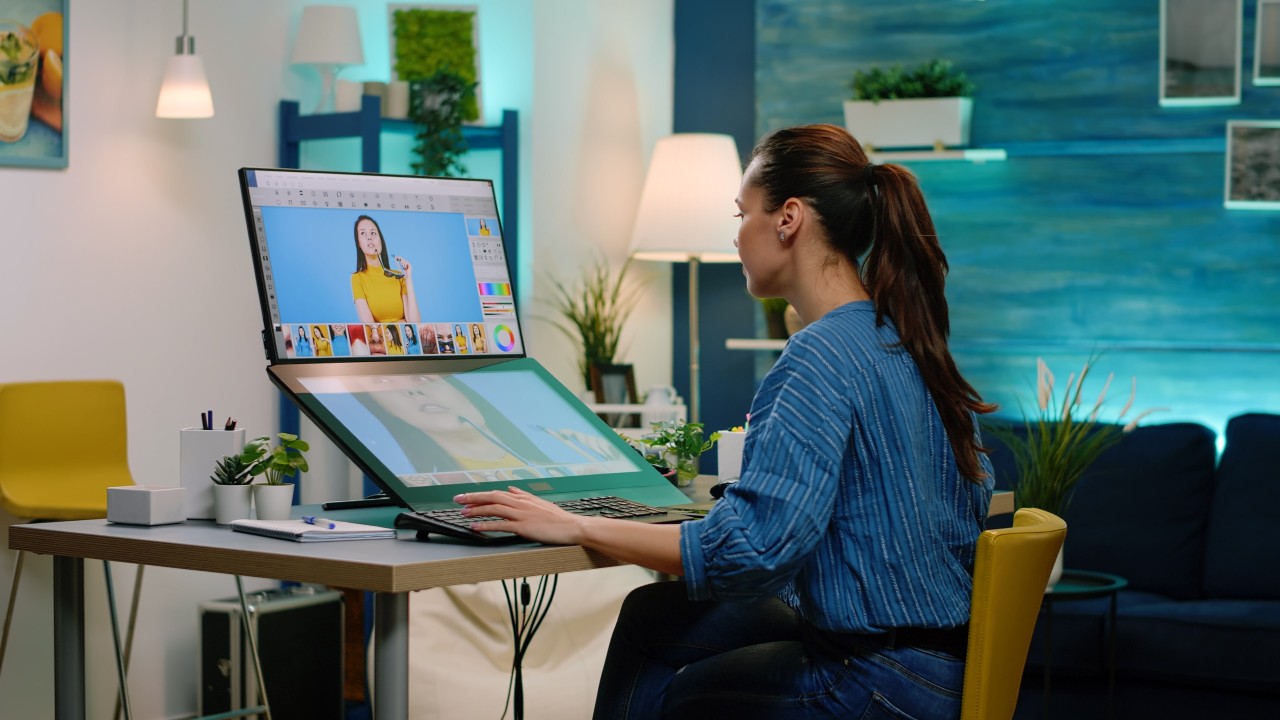
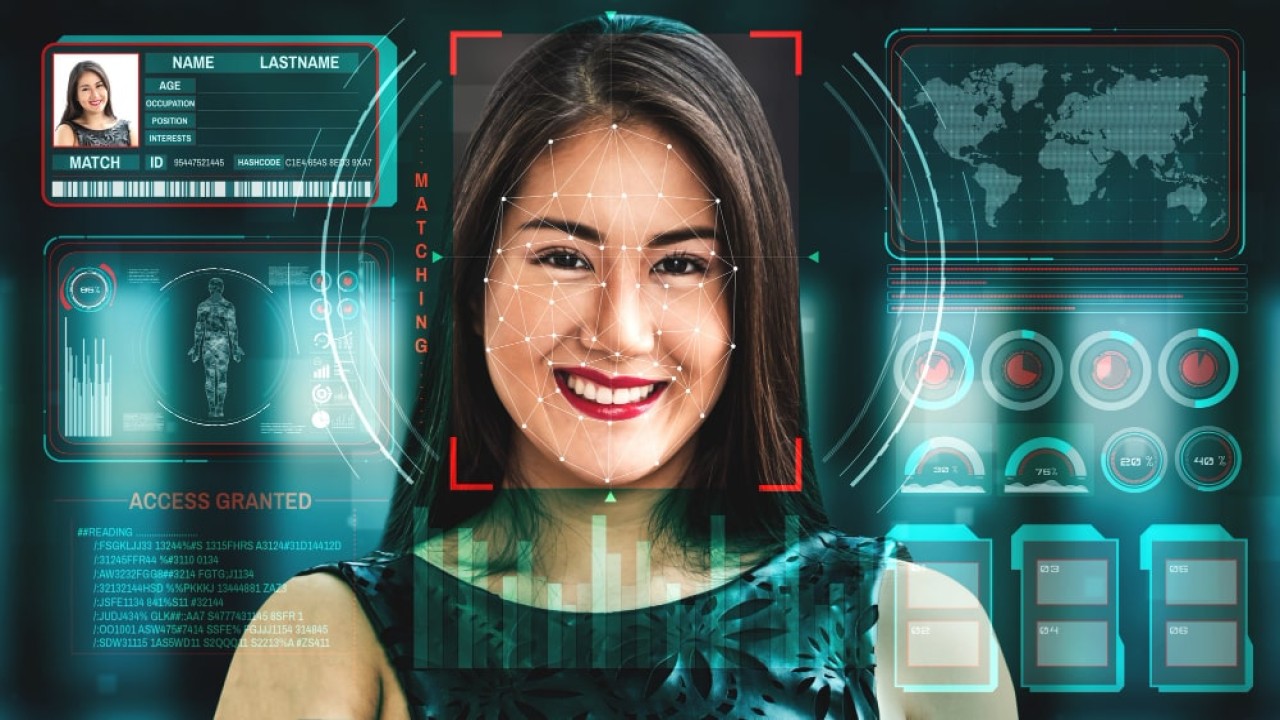
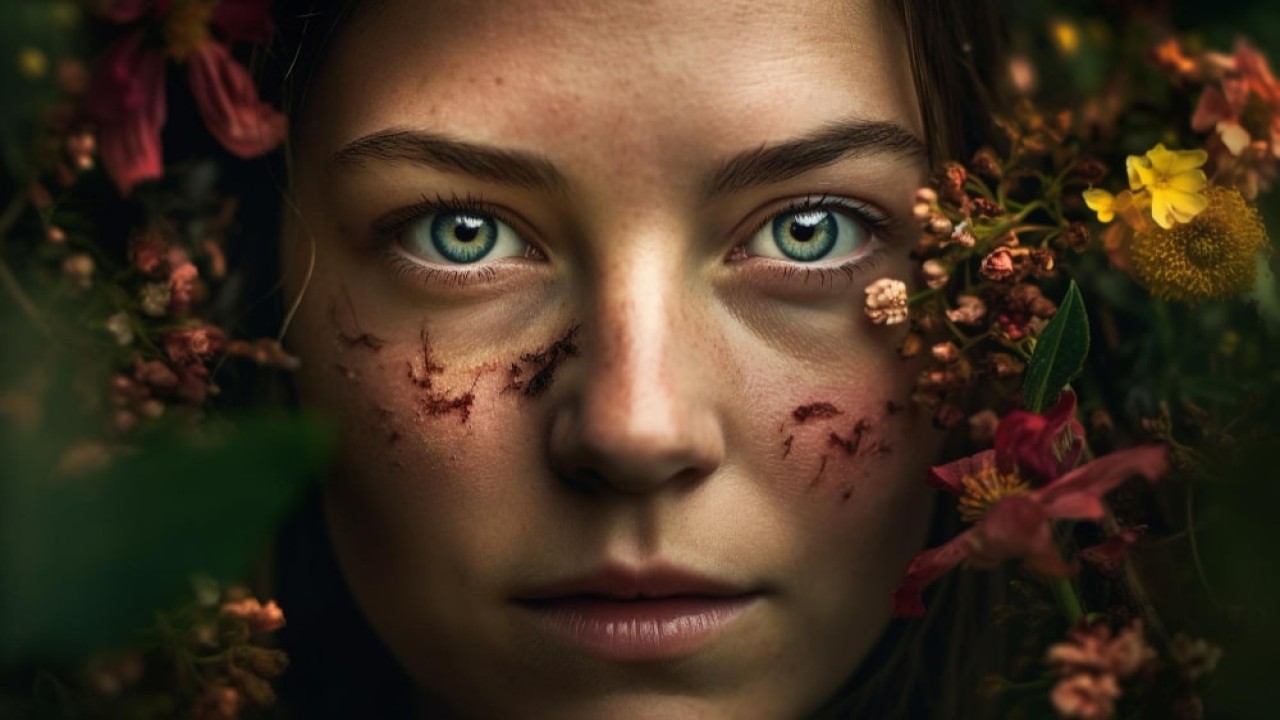
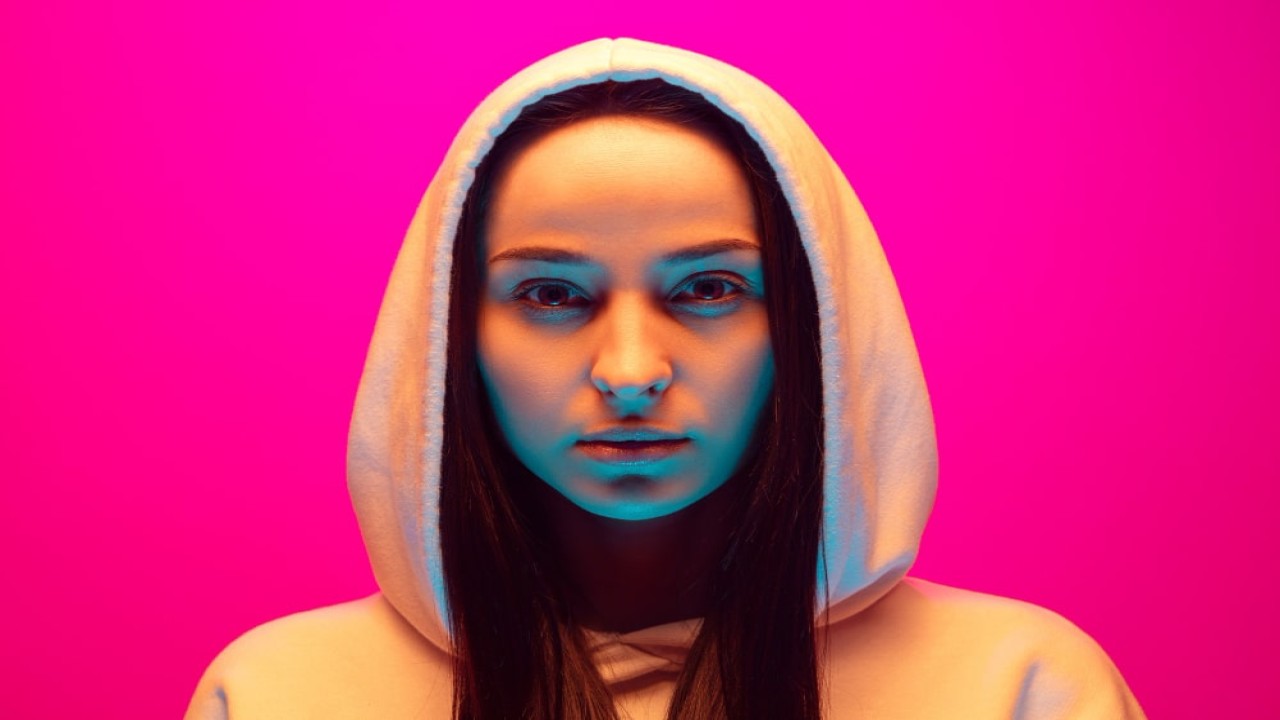
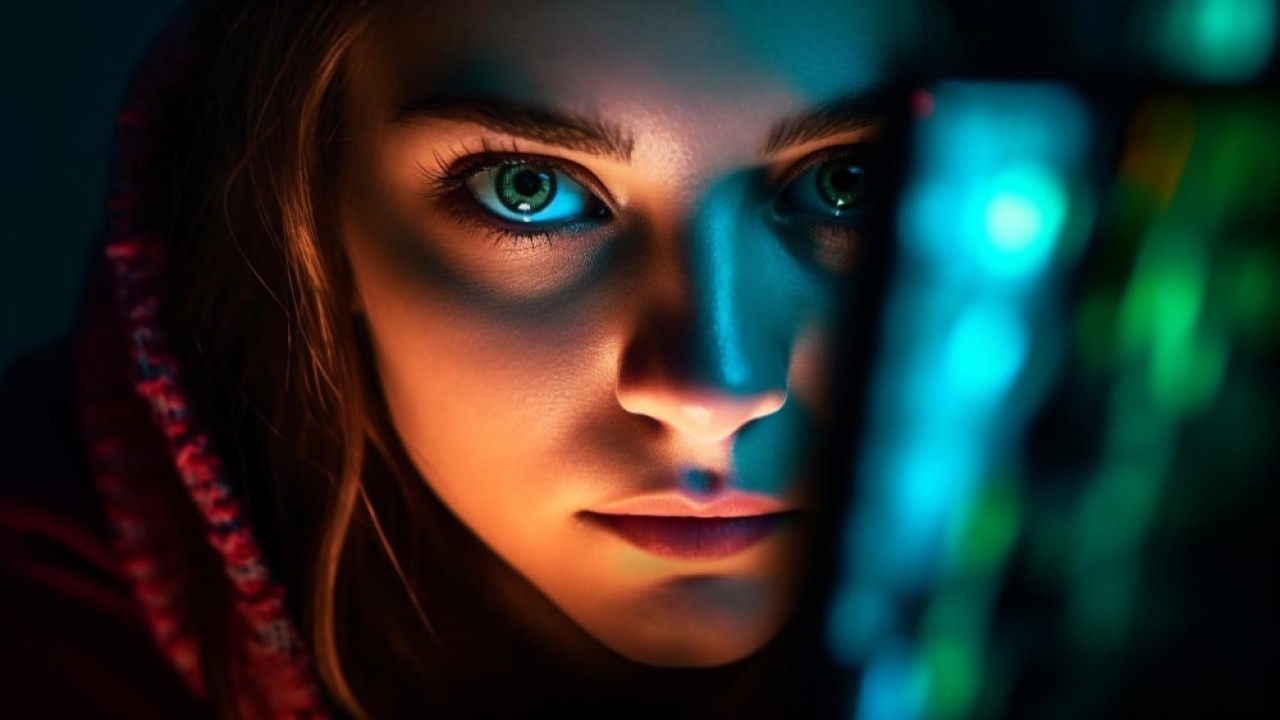
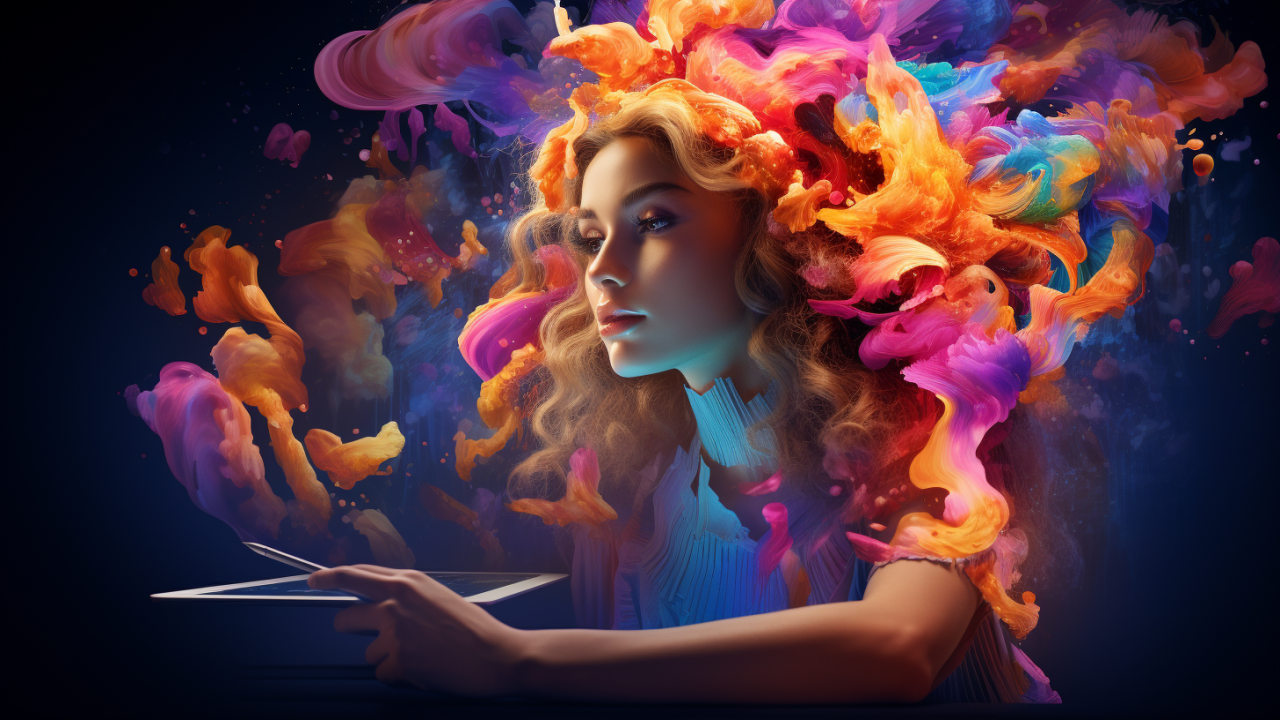
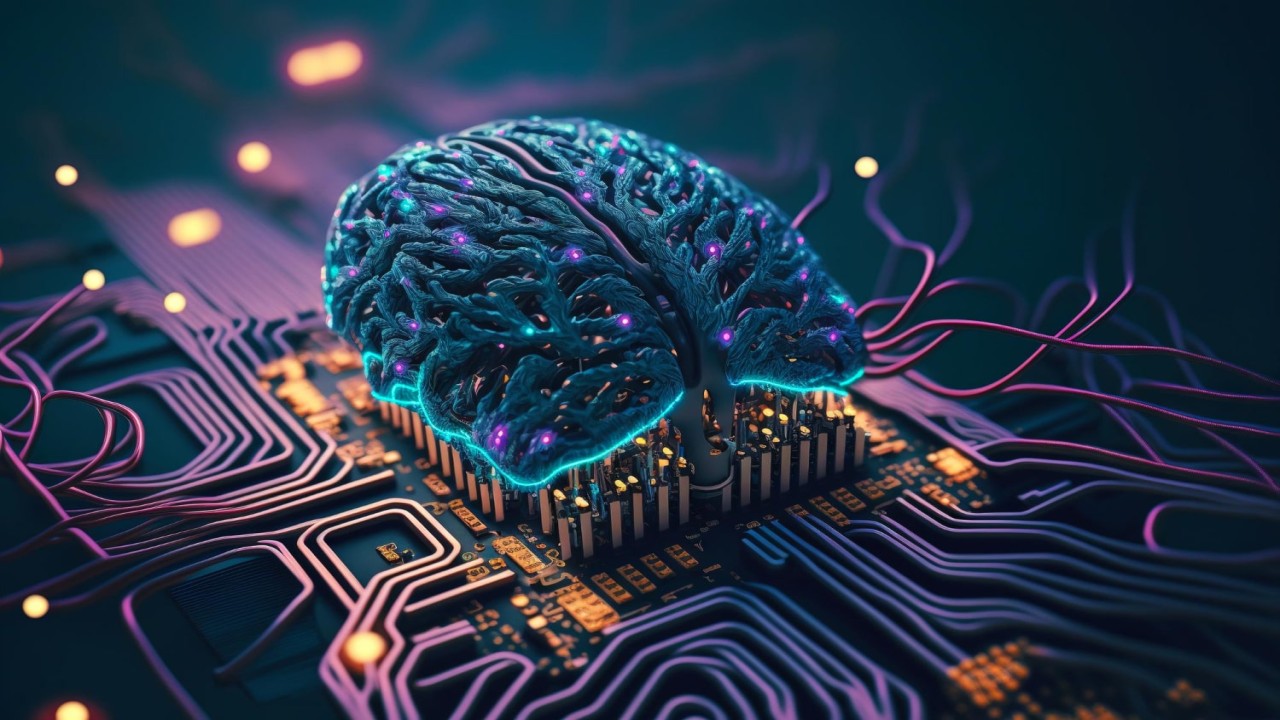
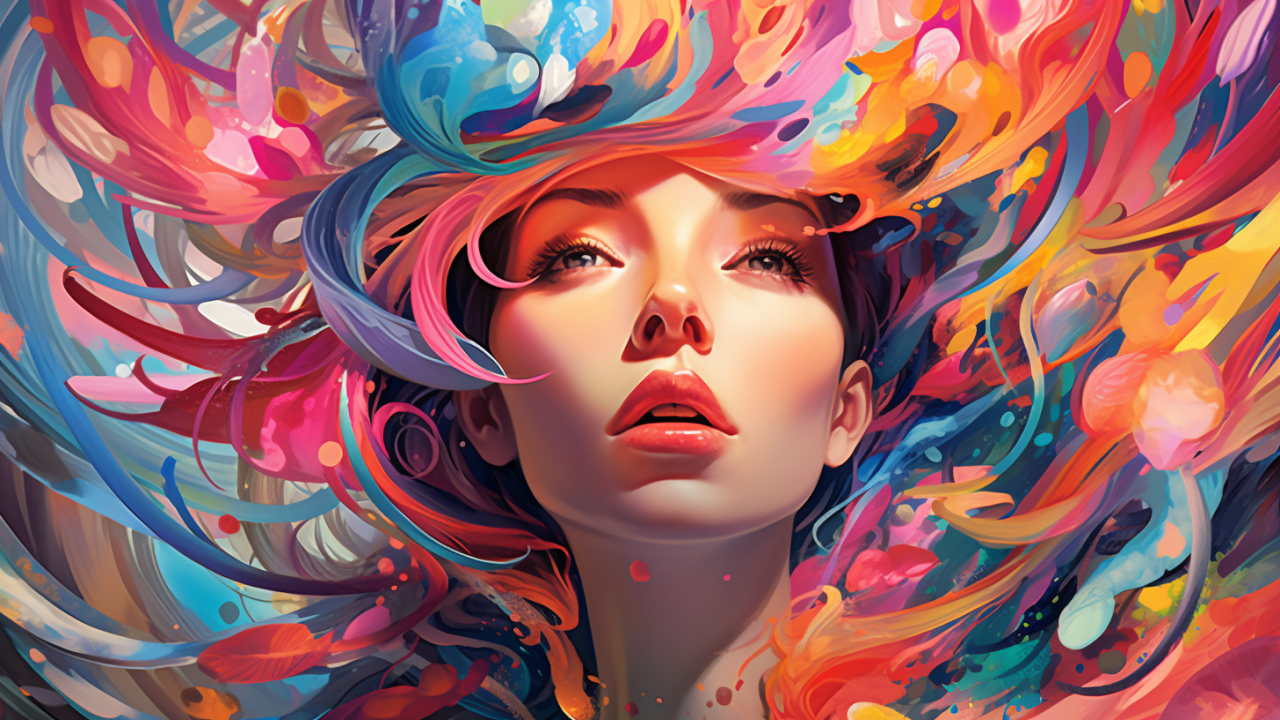
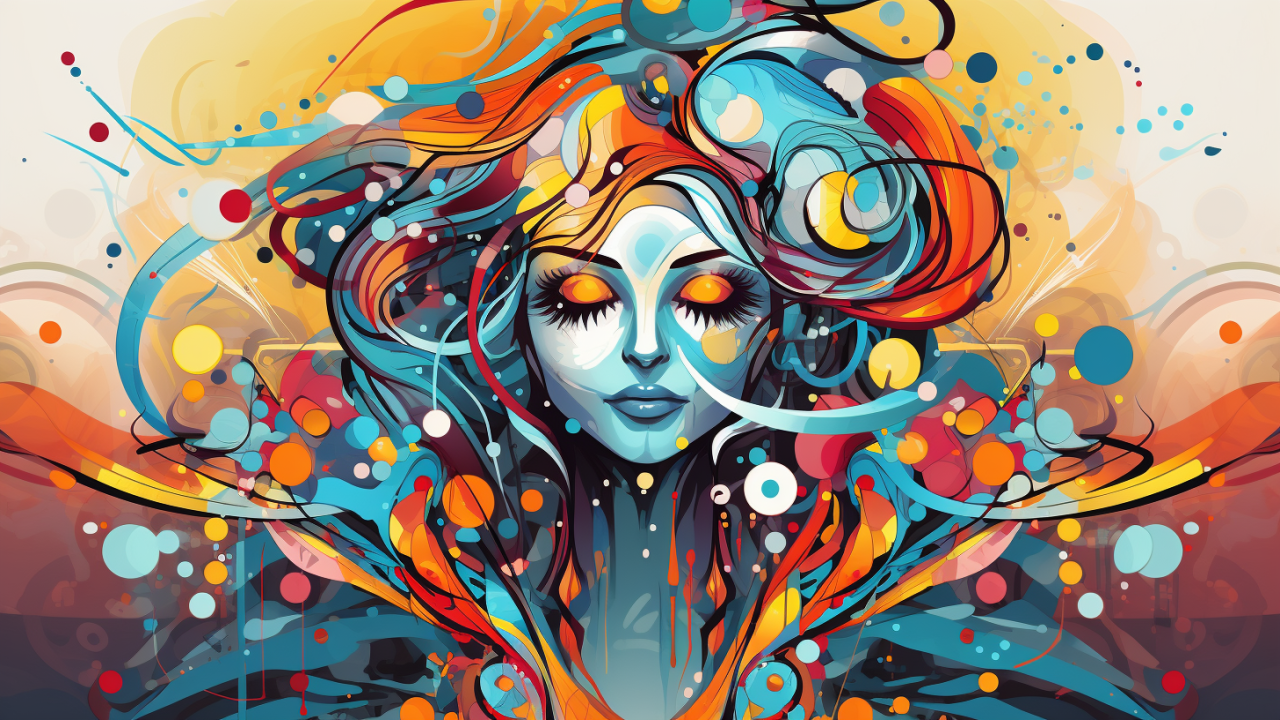
Comments (0)
No comments found